
25 years of ITEA
Success built on the inheritance of a very strong base
A conversation between Zeynep Sarılar, Karlheinz Topp and Luc DesimpelaereThis year, we celebrate 25 years of ITEA. Zeynep Sarılar, current ITEA Chairwoman, admits to feeling very lucky that when she joined the ITEA Community many years ago, it was already very strong. She is very grateful for the work that had been done in those first days. Work that created the conditions for the success that ITEA has enjoyed since. Here, she invites Karlheinz Topp (former ITEA STG member from Bosch) and Luc Desimpelaere (former ITEA Board member from Barco) to share their recollections of those early days.

Birthday cake
Karlheinz kicks off. “The real start was the ‘ITEA Rainbow Book’, ITEA’s first roadmap which was approved by the Public Authorities and in 1998 I became involved after my colleague at Bosch decided to switch departments, leaving me to take over the work he started in the first Steering Group in Paris. It coincided with my birthday and, would you believe it, they even had a birthday cake for me. The meeting? We had fun, right from the beginning. And that’s the way it was for the next 20 years. Of course, sometimes it was really hard; in the beginning with meetings every month to define all the procedures for getting proposals, evaluating the proposals and all these things, along with preparing the first ITEA Symposium in 2000. But all that hard work was fun at the same time.”
Zeynep wonders whether this was when the sense of ITEA being a community of family and friends developed. “Well,” Karlheinz replies, “we met up frequently, on a monthly basis at least, for the next couple of years, so we got to know each other pretty well, almost like family and friends. Not that it was always birthday cakes! Actually, creating this special feel – our Community – was not so much a process as a spontaneous happening. We just met and understood each other. We had no need for any team building process or whatever. From the beginning we were looking towards the future and tried to bring forward ideas. We all shared the same common purpose. It clicked.”
Increased importance of software
At this point, Luc joins the conversation and Zeynep asks him how he became involved in ITEA. “Well, the fact is that we were invited,” he explains. “ITEA was launched by a core group of large companies that saw the need to advance State-of-the-Art in software engineering in Europe. Barco was informed by Philips of the initiative to create a collaborative platform for software systems research. At that time software-intensive systems was a growing part of our total R&D effort but participation was only possible if there was financial support from the participating member states. At a meeting with the Flemish funding agency IWT (now VLAIO), responsible for innovation at that time, the interested parties were invited to discuss the proposal and IWT decided to support the programme, with Barco representing Belgium in the ITEA Cluster. It was a time when we were starting to grow, and software was becoming more and more important for us. Since my responsibility was to initiate new projects in ICT and software, I convinced my management to go for it. So, I joined these initial discussions and writing the ITEA Rainbow Book. We were backed up by the Flemish government, which, after all, and even today has been, let’s say, a very constant, active supporter of the system.”
From the beginning we were looking towards the future and tried to bring forward ideas. We all shared the same common purpose. It clicked.
Open innovation
Luc then touches on the potentially sticky issue that could have confronted the collaborative spirit in the early period: intellectual property. “People said to me, this will never happen because, you know, you cannot imagine that Bosch or Philips or whatever company is going to show you some strategic information. Remember, this was well before the concept of open innovation became commonplace many years later. Yet this group of people was working together to find ways to develop a sort of roadmap with a common mindset geared towards gathering ideas that were quite far from the immediate market requirements and hype.” Music to Zeynep’s ears: “We’re talking here about a concept that was being put into practice at a time when the term ‘open innovation’ had not been invented. People coming together, collaborating in an environment of trust.”
Karlheinz recalls that this sense of openness was prevalent, on the technical level. Politically, as one might expect, the differences were more in evidence. “Inside the ITEA Steering Group, I know there were more problems on the political level. But luckily, I was not directly involved. I had a colleague who was very adept at ‘playing the game’ and presenting the arguments for undertaking the necessary measures to help us, the technical people, to get our proposals up and running. But as I said, I was involved in the technical Steering Group and all these technical things were much easier."
Transparency and alignment
Luc’s experience was somewhat different because he was in a smaller company at that time. “Although I was technically engaged, I also did everything in the political sphere, so I became well informed about the discussions with the agencies and so on. Gaining insight into the requirements of the various countries afforded some transparency to the process and enabled alignment. I suppose you could call it the political equivalent of open innovation. Put the two together – politics and technology – with a common purpose and you have a recipe for success. Therefore, for me, from the beginning, I understood how essential the role of the ITEA Office was in the success of the whole thing as the facilitator to bring the people together, to coordinate the technologies and options for funding, to sort all of the projects and give direction to the roadmaps.”
Challenges and achievements
Turning to any specific challenges and achievements, Zeynep wonders whether there are any that stick in the mind. Karlheinz explains that, coming mostly from the automotive industry as he does, he remembers the EAST-EEA, a four-year project, which aimed to bring common expressions and wordings into software development for the automotive industry. Out of this emerged the AUTOSAR association which was founded at the end of this project. “So, by bringing a common understanding about software development to the automotive industry, the automotive players knew how to talk to each other, in software terms.”
Luc adds, “I think what you’re saying is quite fundamental. This understanding of the platform and software development. I remember there were some objections in the beginning but I worked to convince people of the need to use these platforms, new methodologies, along with the changes in software development methodologies, model-based development and simulation and so on. We had to show how fundamental this was for everyone to bring efficiency to development. I remember the start of the Digital Cinema project. At that time we were developing our business with partners in Germany, but this was not perceived by Germany as being strategic. Nonetheless, we attracted a German SME that saw the relevance and benefits to its software development. As such, this demonstrated the power of collaboration and possibilities of innovation as a fundamental principle.” Karlheinz recalls that story. “It was very hard to bring companies together and especially to get funding from the Public Authorities when a new domain entered the ITEA Community. It was one of the challenges we had to overcome. We needed to appreciate the whole picture.”
Criteria for success
All of which presents a very familiar picture to Zeynep in terms of her own ITEA experience. “Key words like open innovation, international collaboration and trust. Trust is so important in being able to share the challenges or to create a platform together. This also applies to communicating with Public Authorities. I think that trust and collaboration create a good positive atmosphere. I think these aspects must have been important in convincing the automotive industry to work together in one platform or in creating a totally new idea in digital cinema. How did you create the environment or the consortium that led to success?”
Karlheinz: “One word: preparation. I think it’s very important to invite companies for just one or maximum two days to get together on a technical basis and then help the consortia to describe the project and to get confirmation from Public Authorities that they also are interested because in all these projects funding is required from all parties involved. After that, step up to the company management level. It’s also a bottom-up approach that enabled ITEA to grow.”
I also see that ITEA has been able to adapt to an everchanging world. Agility is one of the key strengths of ITEA’s ongoing success.
Luc agrees. “Yes, you need some sort of structure, some environment where you can gather ideas, like the ITEA Project idea tool and give people the opportunity to provide an initial outline of their project. Perhaps I could just say something about hype and substance. I think there is a danger of getting wrapped up in hype and buzzwords – artificial intelligence and stuff like that – while we should focus on the framework and the ‘meat’ or substance. The work of the Steering Group “I also see that ITEA has been able to adapt to an ever-changing world. Agility is one of the key strengths of ITEA’s ongoing success.” in determining roadmaps was instrumental in generating a common understanding of what we could do. And what was important for the future. In recent documents I sometimes see the use of these things as buzzwords and the lack of ‘meat’ for a potentially interesting project. But overall, if I look at the recent project proposals that have been submitted, the process is still working effectively. Of course, nowadays you see the inclusion of more SMEs and startups. They were there at the very start in the creation of the ecosystem we know today. But there are more of them. ITEA still has a vital role to play in this new ecosystem. It has the right instruments, the right methodologies, and the role as a facilitator to bring people together with a procedure for working out proposals. I also see that ITEA has been able to adapt to an ever-changing world. Agility is one of the keys strengths of ITEA’s ongoing success.”
Trust
Rounding off this very convivial conversation, Zeynep concludes: “Having this ecosystem and having new people all the time bringing fresh ideas to the ITEA Community is important for us indeed. And going beyond the challenges, I think having our bottom-up approach and being agile helps the industry. In the end, though, everything is glued together through trust. This is how I see it. I would like to thank both of you, Luc and Karlheinz, for sharing your insights and experience with us, and reminding us of the family spirit that has been at the heart of the ITEA Community for the past 25 years.”

Other chapters
Use the arrows to view more chapters
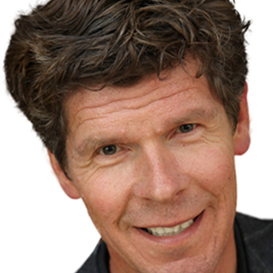
Editorial
By Jan Jonker
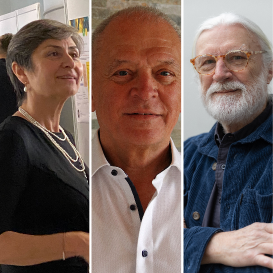
25 years of ITEA
Success built on the inheritance of a very strong base

Country Focus: Germany
Driven by digitalisation, supported by networks
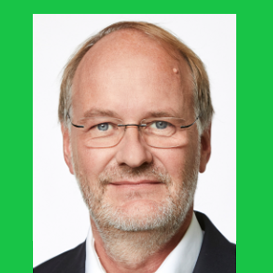
Software AG
A one-stop shop where innovation is crucial
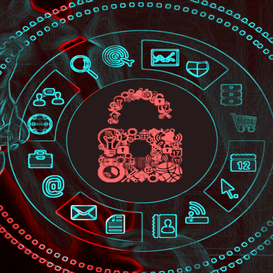
ITEA Success story: PARFAIT
Connecting IoT with greater security

IVVES Project benefits story
Create higher value thanks to automated ESG score calculation
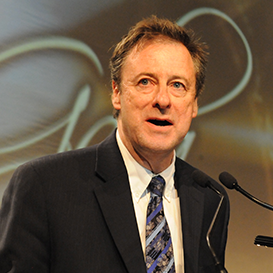
Community Talk with Alain Coulombe
Disruptive entrepreneur to the core
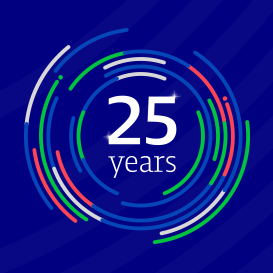
25 years of ITEA
Ground-breaking innovations we’re still grateful for today
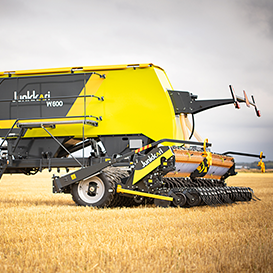
By and for end-users
Junkkari brings predictive maintenance to unchartered domains

ITEA Success story: STARLIT
Aiming for ‘first-time-right’ treatment for cancer patients
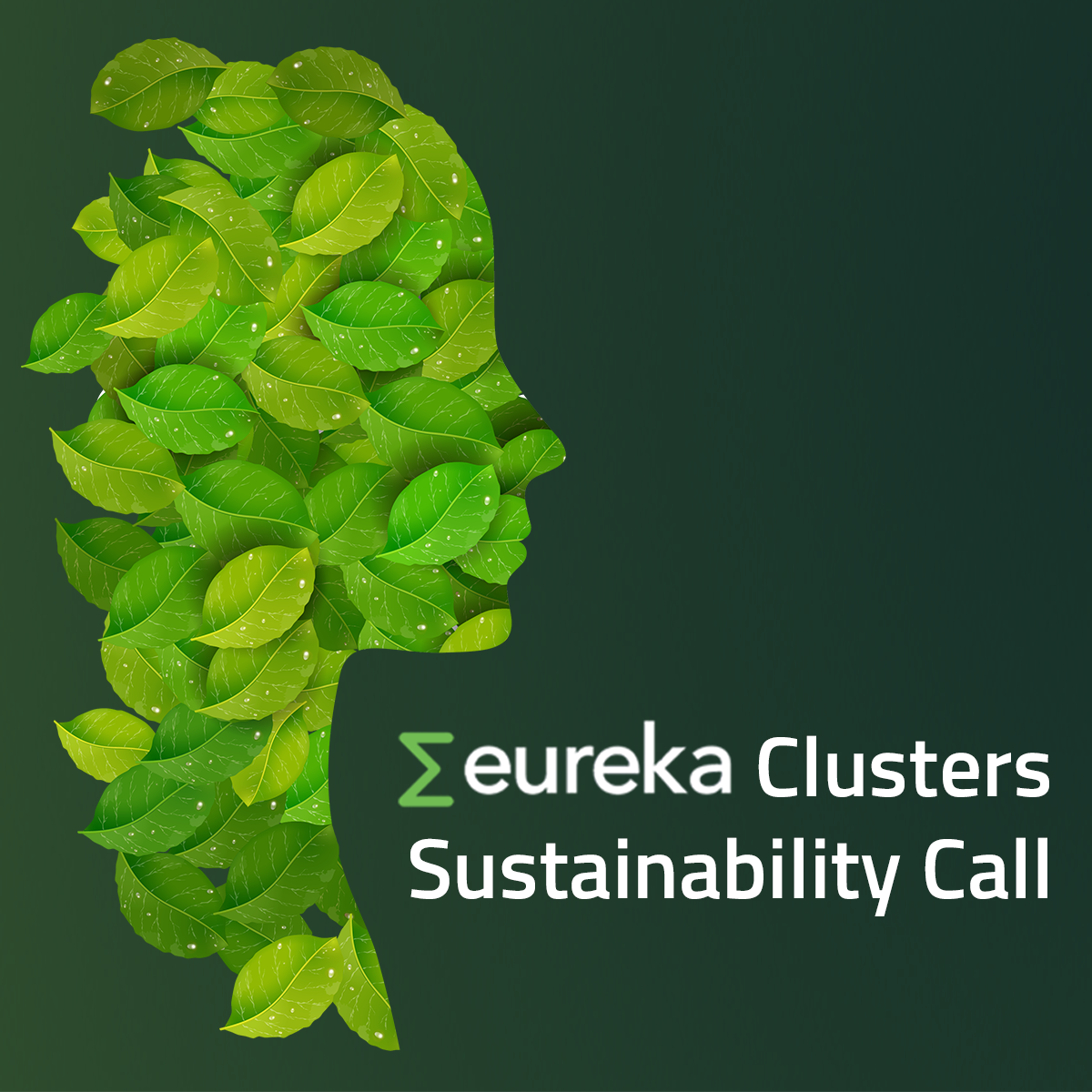
The Eureka Clusters Sustainability Call 2022 projects
Innovations making industry more sustainable and greener
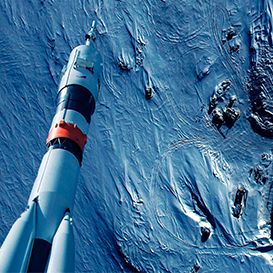
SME in the Spotlight: The REUSE Company
Constant evolution in systems engineering

